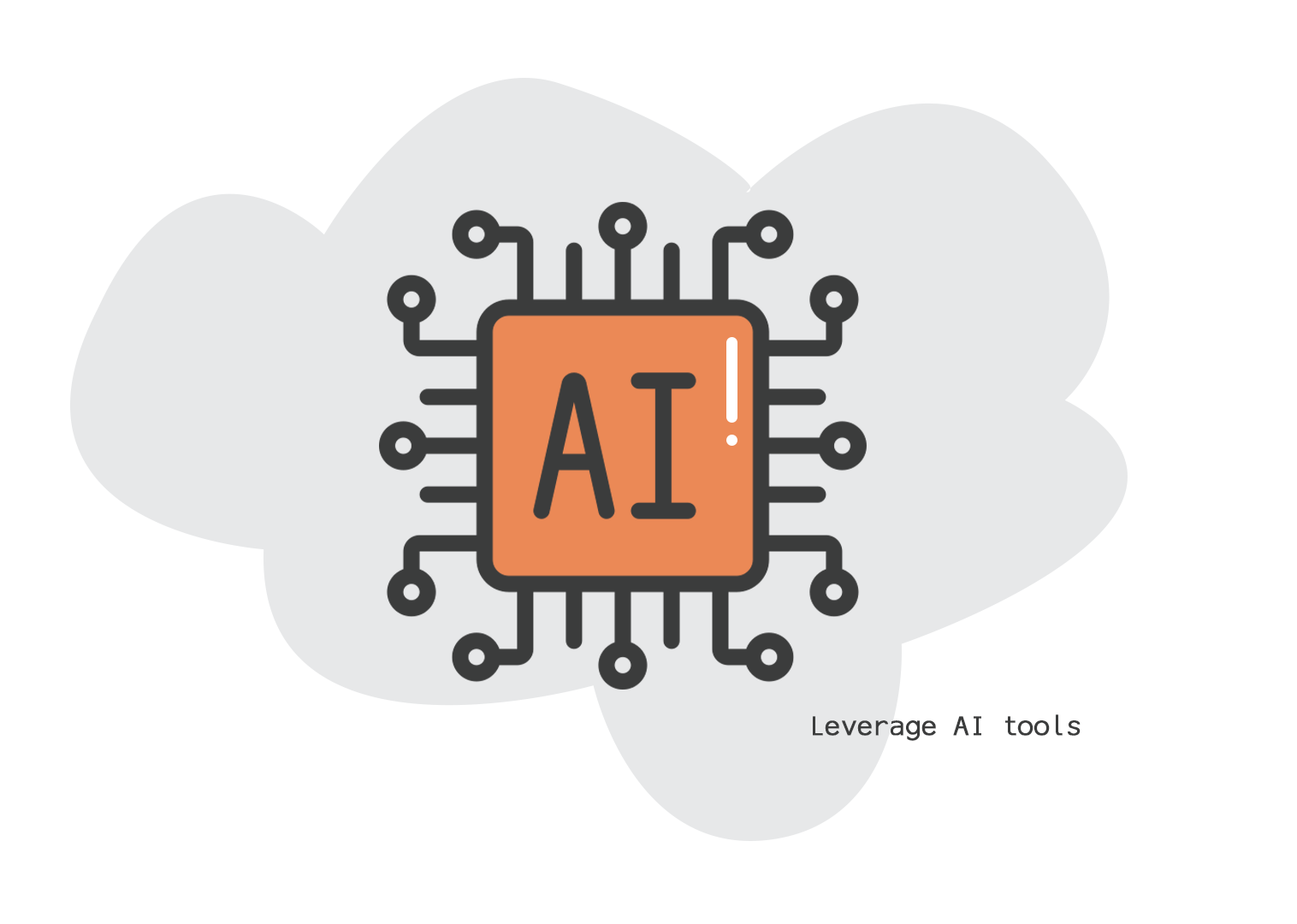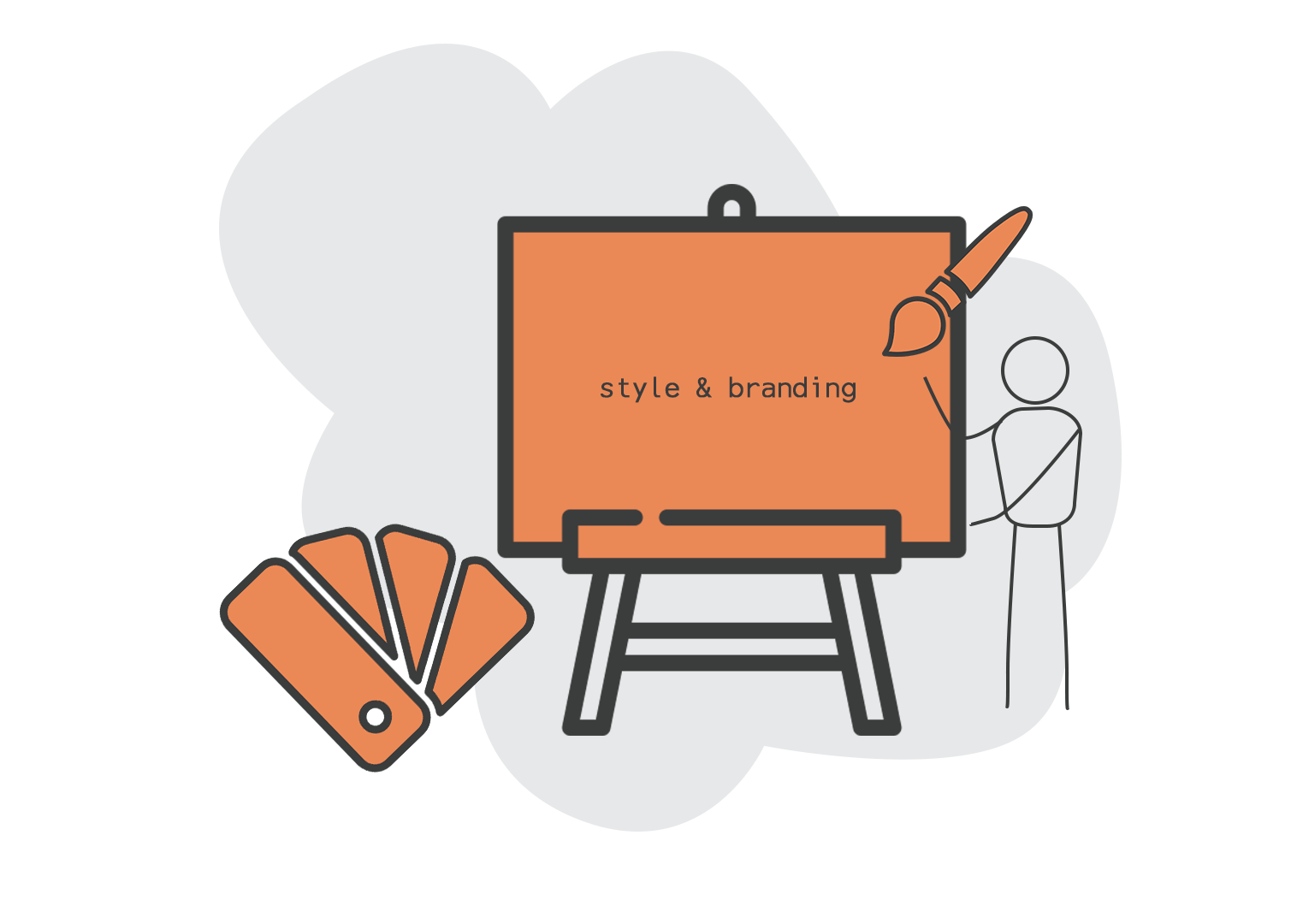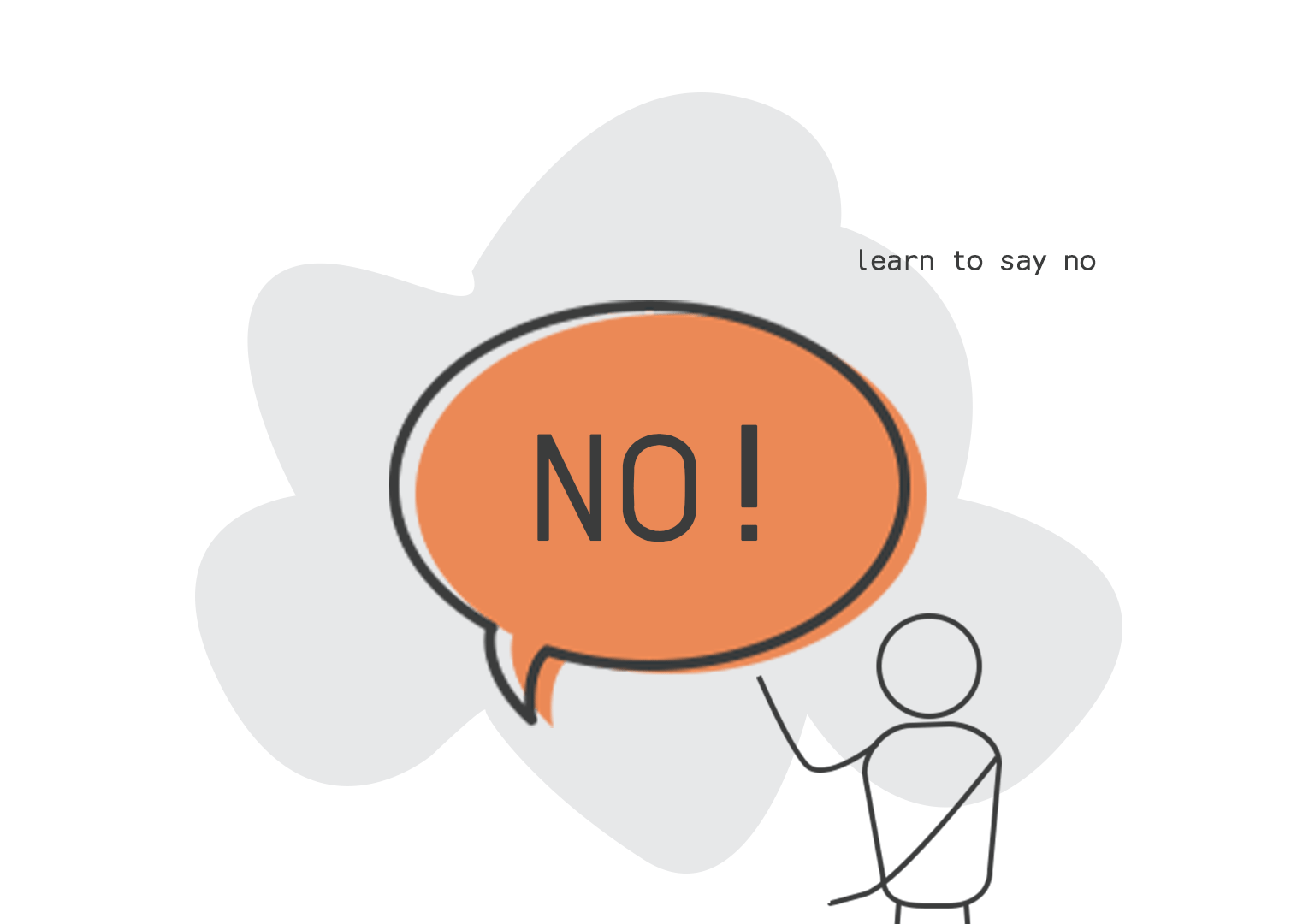Dedicate time to reading and understanding the creative brief. Ask the customer questions to make sure you understand what they are looking for.
Do your homework! Research will make you a better designer, so learn about the customer's industry, competitors, and target market to come up with a design that is coherent.
Importance of Originality:
4. Engage with the customer

Friendly and professional communication with the customer is an important skill designers must develop. Ensure you provide timely revisions and timely responses to a customer once they engage with you. If they are reaching out, it very likely means they are interested! They may even ask you to create other designs.
Important: On DesignCrowd, do not pressure your customer to guarantee a project, give you a good star rating or select you as winner. Let the quality of your work do that for you.
5. Work smarter

Speed is important, but not at the cost of quality.
Successful designers work smart and fast by streamlining their workflow. They make use of keyboard shortcuts, batch exporting options, automated tools like Auto Layout in Figma or Smart Guides in Illustrator, or organizing their assets properly for easy access.
By automating these menial tasks, you can cut your production time in half without compromising quality. As a result, you’ll have more time to find more clients or participate in design contests. Win-win!
6. Leverage AI tools

We understand that graphic designers are (rightfully) apprehensive about AI. However, it’s best to think of them not as an enemy, but as a design assistant.
For example, generative AI tools like Midjourney, Google Gemini, or DALL-E 3 can help you with ideation or with exploring different layouts or concepts. Since they can give a finished work in seconds, you can easily visualize how things will look and create your work accordingly.
Remember the automation advice earlier? AI can help with that as well! Tools like AI background remover, AI color matcher, or AI font finder can take care of routine tasks and give you more time to do more complex creative work.
7. Have your own style and branding

Want to know how to get more projects as a graphic designer? No, it's not about being a jack of all trades. Rather, it's all about having a distinct, personal art style.
Why? It’s because having your signature style can help you stand out from the sea of designers. It also gives you a “specialty” rather than just being everything for everyone. So if clients are looking for a specific look, they’ll book you since you can do it best.
8. Learn to say no

Saying yes to every client might seem like the best way to grow your freelance career (and get more money!). But in reality, it will just hold you back.
Juggling multiple projects will lead to burnout and creative block. Going for clients who underpay you or set unrealistic deadlines will just drain your energy. And yes, those clients that are perfectly nice but their projects just don’t excite you? Those are not worth it either.
Be selective. It will give you more time to work on projects that are aligned with your style, values, or goals. It will also protect your creative energy and mental well-being, which is the secret to maintaining a long and happy freelance graphic designer career!
Conclusion
Being a successful freelance graphic designer isn’t just about being talented or having a wide skill set.
It’s all about having the right mindset, using the right tools, and working smarter. So long as you refine your process and stay committed to improving, you’ll get results.
Looking to build your skills as a graphic designer? You can use our tools like AI poster generator, AI website builder, or video maker to play around and experiment with your ideas. These tools are easy to use, so even beginners can easily get started.
Alternatively, you can look for design contests to join here at DesignCrowd. Who knows, it might just be the start of a long and fulfilling creative career!
FAQs on Being a Freelance Graphic Designer
How can I get started as a designer?
Start small. Focus on refining your skills first – take online design courses, practice redesigning existing brand logos, or try out different design softwares. From there, join design contests or take on smaller freelance projects to build your portfolio.
Do I need to specialize in one area of design to be successful?
It helps. Having a specialty like logo designing, environmental art, or UI/UX can help you stand out. A niche like this, combined with a distinct art style, makes it easier for clients to remember you.
Should I be worried about AI replacing designers?
It’s best to think of AI as a tool and a helping hand rather than completely replacing designers. Great clients think the same. Instead of completely rejecting AI, a designer should use it to enhance their workflow or, at the very least, be aware of how AI tools work to adapt to the changing landscape.
Want more?
How to Interpret and Respond To A Logo Design Brief
Six Digital Design Trends for 2018
15 Design Websites To Turn You Into a Pro
Five Common Mistakes Graphic Designers Makes
Designer's Guide To Submitting Work to Design Contests
How Crowdsourced Design Projects Work (Infographic)
Divya Abe is an expert graphic designer ready to share her knowledge with the crowd. Besides spending quality time on the internet she enjoys anything to do with cats. Get in touch via Google+.

